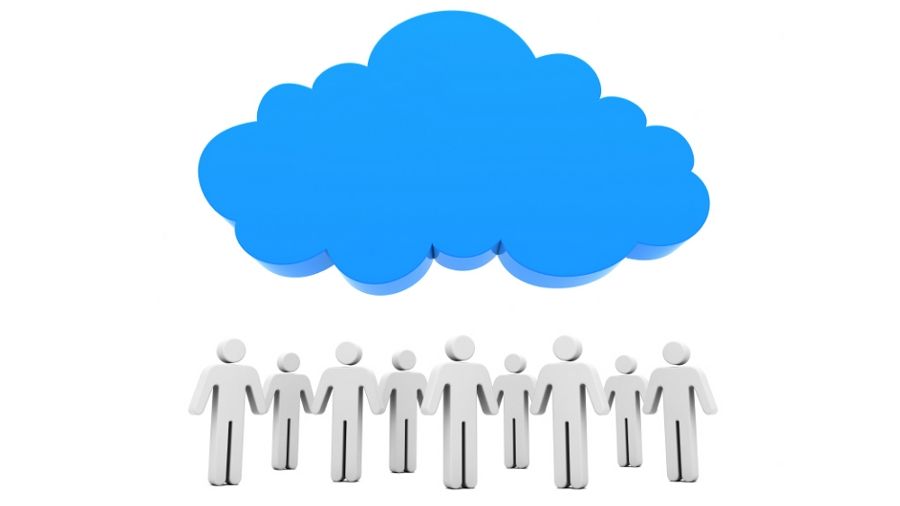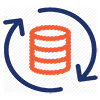Cloud Backup
The basic procedure for cloud backup is to transfer copies of your data to a remote storage system.Typically, this storage system is hosted by a third party service provider and charges users based oncapacity, bandwidth or number of users. Then you will still have access to your preserved files in theevent of a device breakdown, corruption or data loss.
The organization sets up exactly how they want their cloud backup to work, including the number ofcopies and the backup schedule. For example, you can back up your systems every hour, day, week,or month. You can also decide whether you want the cloud backup to continue storing old copieswith new ones or replacing old ones with new ones.

Back up servers and laptops alike
Multiple possibilities
Full image backups ensure you have everything backed up in one place. Incremental backups let you safeguard all the important changes since your last full backup.
Versioning gives you full revision control so you can have everything up and running again quickly if something happens.
Supported devices and applications
Everything important for your business can be protected with Cloud Backup. Of course, smartphones, tablets and laptops are a must for protecting your day-to-day operations.
Your infrastructure is critical, so virtual machines (VMs), servers, ESXi, Hyper-V and Virtuozzo hosts are all supported. So are SQL Server, Exchange Server and Active Directory. Cloud Backup works with both physical and virtual servers.
Set it up and forget it
Unattended agent installation
Cloud Backup needs to establish a connection with the server you want to protect. This happens using a piece of software, or agent, that you install on your server. The agent confirms the data source for the backup console, ensuring your data gets backed up properly.
Download the backup agent from the Cloud Panel, copy it to your server, then execute it. It’s as simple as that. You can also provision a server after purchasing Cloud Backup and have the agent installed on the server during setup.
Granular scheduling
You get full control over the number and types of backups created, when and how often they are made, how long they are stored and how compressed they are. The only surprise is how easy it is to do all of this without maintaining physical backups all the time.


Get back up and running in seconds
Minimize downtime
Downtime is money, so you can’t afford to waste it getting back up and running. Cloud Backup can have you back online in seconds by loading your Linux or Windows backup into a virtual machine. You will stay functional while the hardware gets everything sorted out.
Flexible data recovery
Whether it’s a quick rollback to a working version or a complete data transfer from a burned-out piece of hardware to a new one, Cloud Backup gives you the flexibility to recover exactly what you need, when you need it most.
The technical stuff
So you’re interested, but you want to see some of the finer details before you make your decision?

Encryption

Logs

